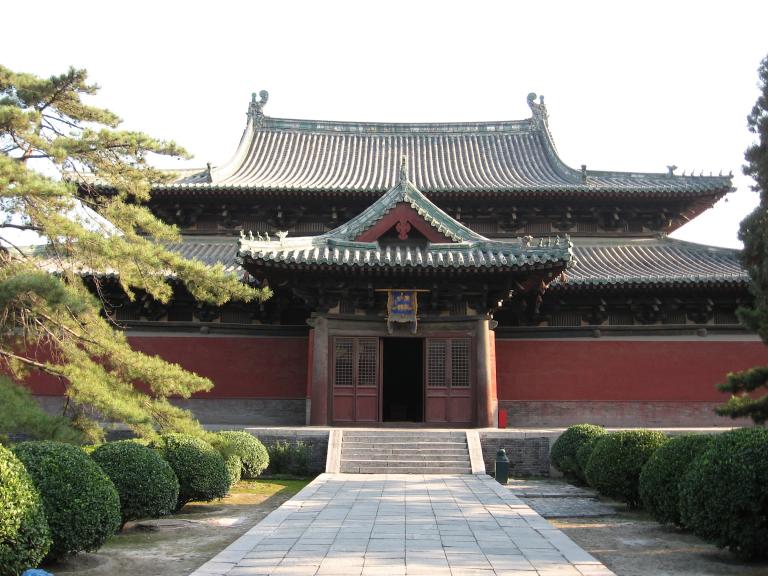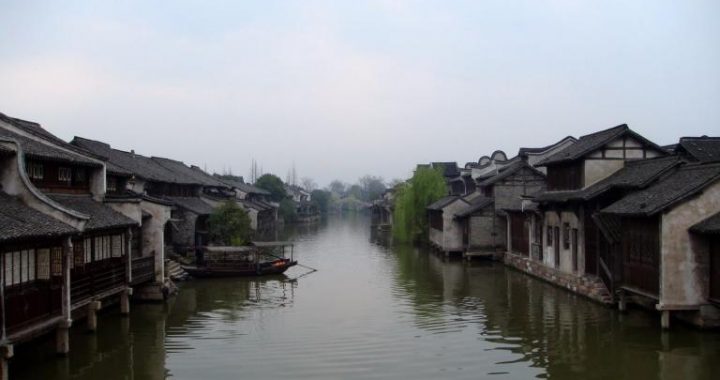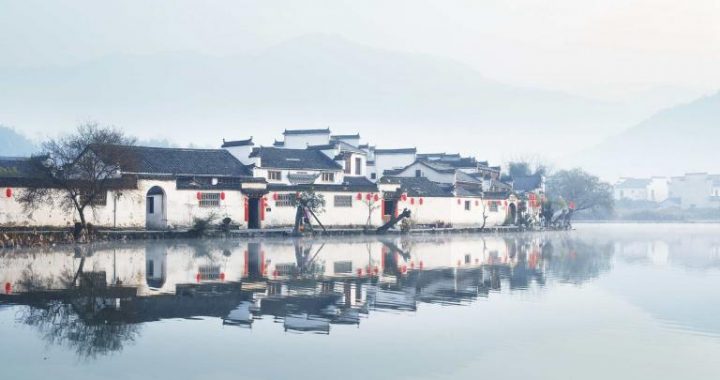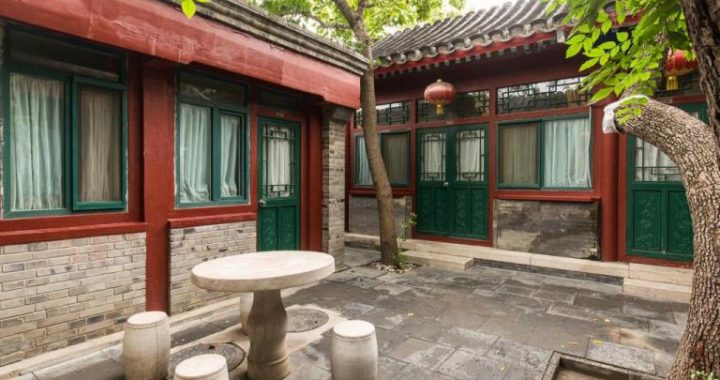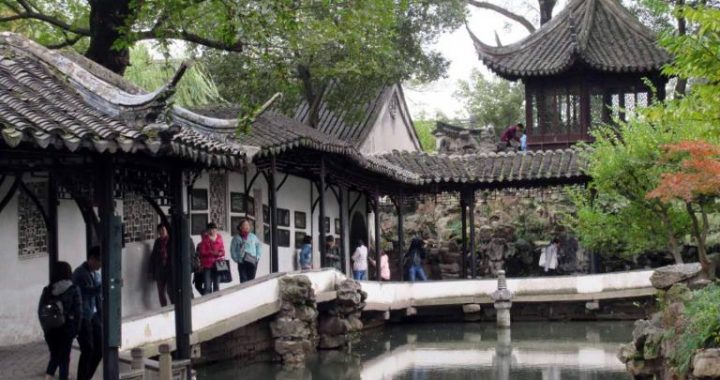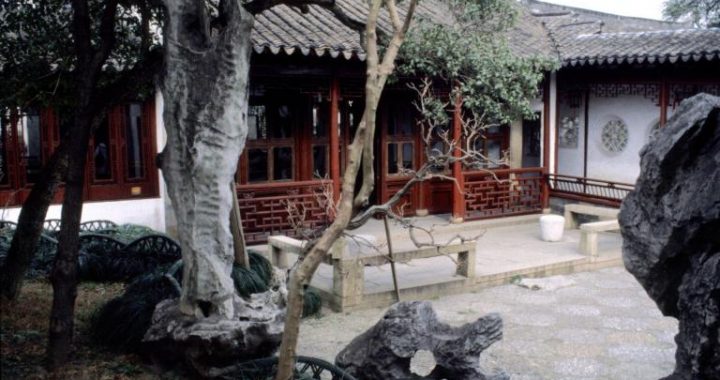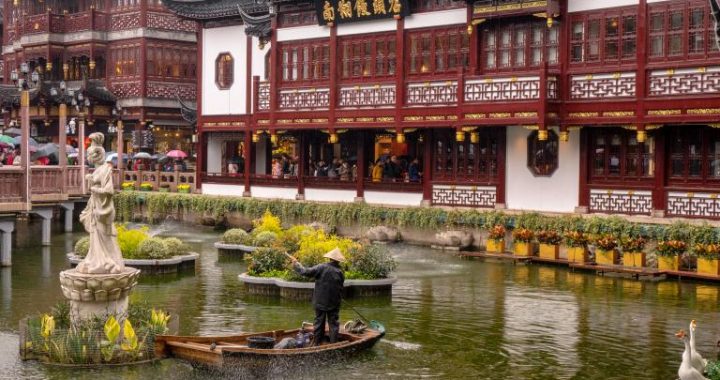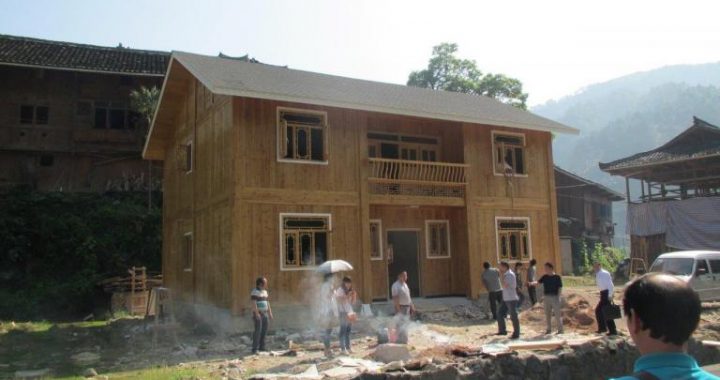About The Piyong
3 min readThe word “piyong”originated in the Zhou Dynasty. According to historica materials, the school of the son of the heaven was called piyong. It was the place where emperors of the Zhou Dynasty studied and discussed official business surrounded by water. The earliest piyong was a large house built on a mid-lake island surrounded by water. There was a forest on the shore. Here, the emperor could not only study politics and culture, but also fish and hunt around. According to the explanation by the great Han scholar Cai Yong,”pi” in “piyong”is used interchangeably with “jade,”meaning the clear lake wateraround is like a round piece of flawless jade;”yong”means land in water; the large house “piyong”is built above it at the center of the jade, hence the name piyong.
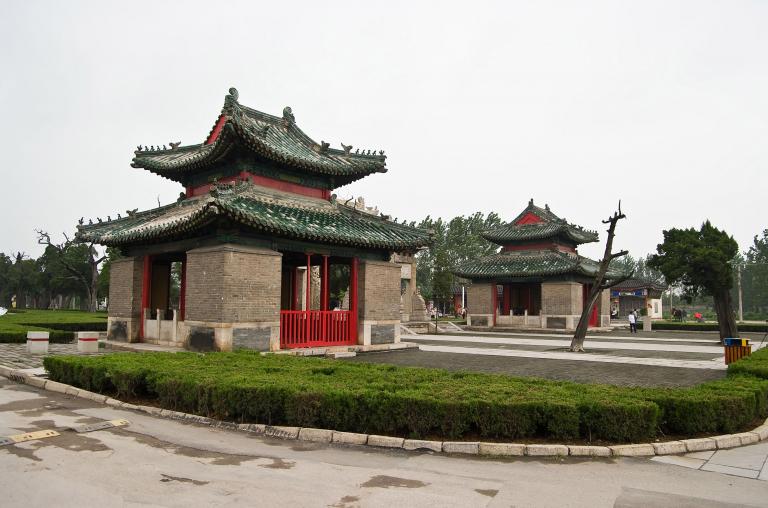
The Piyong Hall in the Imperial College in Beijing where emperors gave lectures was first built in the Qianlong Period of the Qing Dynasty. The hall has a double-eave roof covered by yellow glazed tiles. The horizontal tablet with the word “Piyong”written by Emperor Qianlong hangs under the eaves on the fa? ade of the hall. To solve the problem of piyong’s surrounding water,a circular pond was dug around the hall, and four stone bridges leading to the four doors of piyong were built.
The Sleeping Hall behind the Dacheng Hall enshrines the spirit tablet of Confucius; in the Shengji Hall in the back,120 stone carvings depicting the deeds of Confucius are exhibited. Other buildings to the east and west of the Dacheng Hall include the Jinsi Hall, the Qisheng Hall, the Shili Room, the Chongsheng Shrine, the Family Temple, etc.
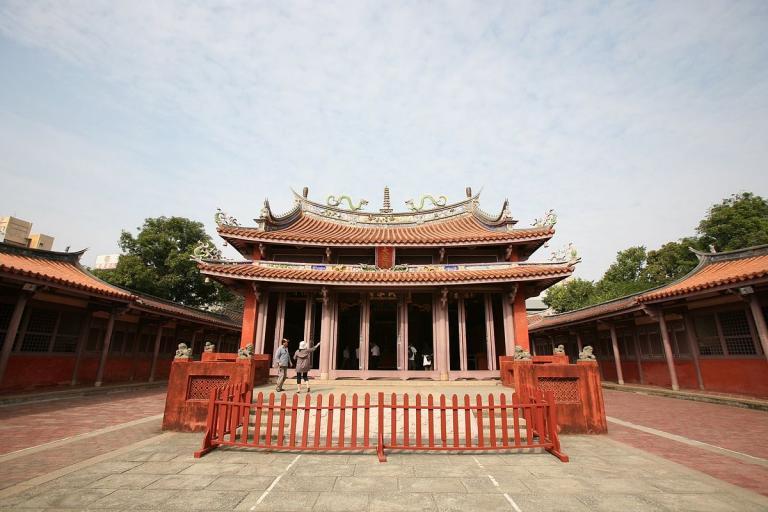
Because the Confucian school became the national school of thought, Confucian temples were set up in the early Tang Dynasty to carry forward Confucius’ achievements in setting up schools. Apart from the Confucius temple in the capital, all provinces, prefectures and counties must establish Confucius temples as places for worshipping Confucius and learning rites.
Meanwhile, Confucius temples were also official schools and centers of education and rites. The Confucius temple in the capital (the highest national institution of learning for fostering Confucian scholars) creatively set up the round “Piyong Hall,”symbolizing perfect education; local Confucius temples only set up semicircular ponds called “half ponds,”meaning they were only one half of the Piyong Hall.
Local Confucius temples were modeled on the Confucius temple in Qufu.They are only different in size with certain local styles and characteristics. For example, the Confucius temple in Jianshui, Yunnan is characterized by thehuge half pond and partition doors with abundant carvings; the Confucius temple in Suzhou has many famous tablet inscriptions; the Confucius temple in Zizhong, Sichuan is famous for the exquisitely carved big screen wall; the Confucius temples of Tianjin Prefecture and Tianjin County are at the same place, forming the pattern of two temples juxtaposed. They are a special case of Confucius temples.
The Confucius temples in Qufu, Shandong and other places constituted the national Confucius temple system and even influenced neighboring countrieswith the spread of Confucianism-for example, many Japanese cities including Tokyo established Confucius temples.
